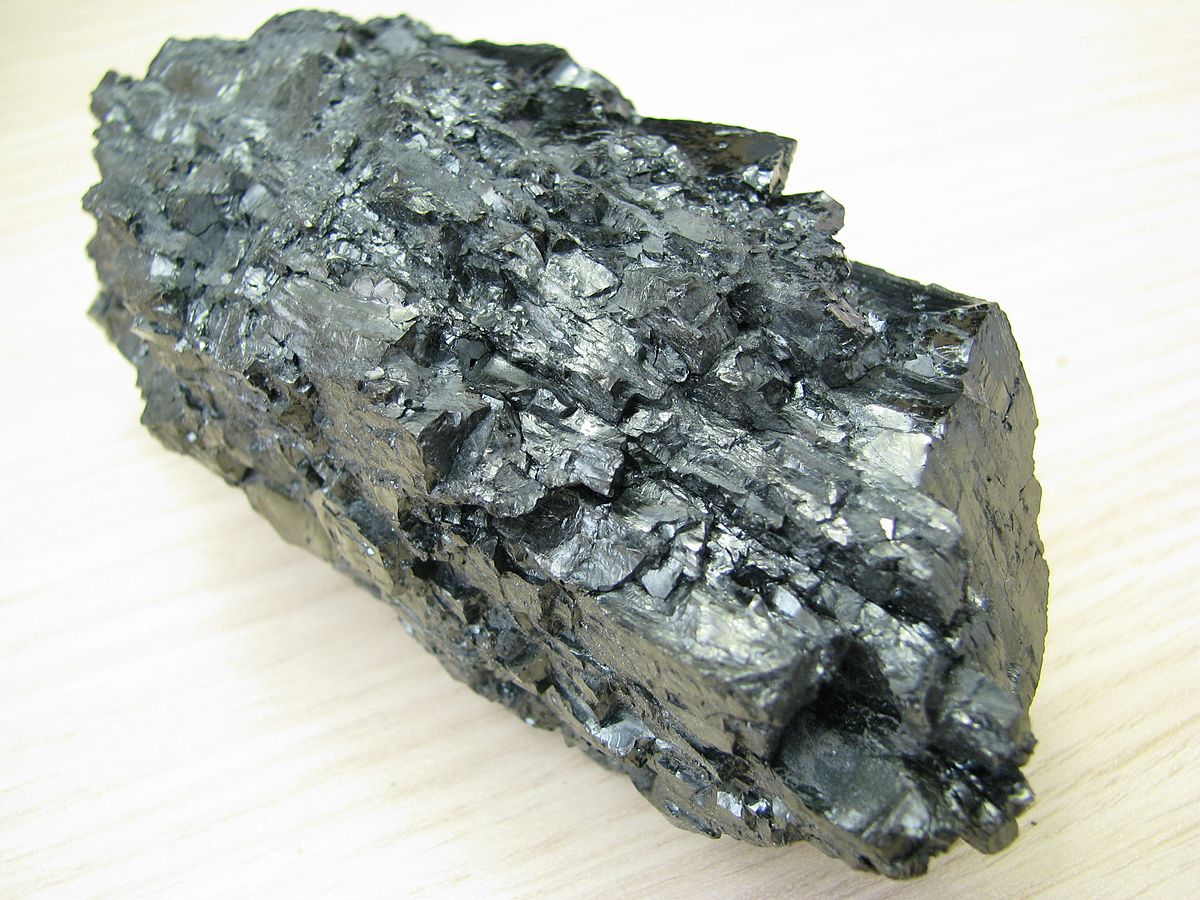Last Update: July 25, 2015

As geological processes apply pressure to dead biotic matter over time, under suitable conditions it is transformed successively into
Peat: [Wikipedia1] considered to be a precursor of coal, has industrial importance as a fuel in some regions, for example, Ireland and Finland. Peat is an accumulation of partially decayed vegetation matter. Peat forms in wetlands or peatlands, variously called bogs, moors, muskegs, pocosins, mires, and peat swamp forests. In many countries, including Ireland and Scotland, where trees are often scarce, peat is traditionally used for cooking and domestic heating. Peat is also dug into soil to increase the soil's capacity to retain moisture and add nutrients.
Lignite: [Wikipedia2] also referred to as brown coal, is the lowest rank of coal and used almost exclusively as fuel for electric power generation. Jet is a compact form of lignite that is sometimes polished and has been used as an ornamental stone since the Iron Age. It is a soft brown fuel with characteristics that put it somewhere between coal and peat. Because of its low energy density, brown coal is inefficient to transport and is not traded extensively on the world market compared with higher coal grades. It is often burned in power stations constructed very close to any mines, such as in Australia's Latrobe Valley and Luminant's Monticello plant in Texas. Emissions from brown coal fired plants are generally much higher than for comparable black coal plants, with the world's worst polluting being the brown coal fueled Hazelwood Power Station, Victoria. The operation of brown coal plants, particularly in combination with strip mining, can be politically contentious due to environmental concerns.
Sub-bituminous coal: [Wikipedia3] whose properties range from those of lignite to those of bituminous coal and are used primarily as fuel for steam-electric power generation. Additionally, it is an important source of light aromatic hydrocarbons for the chemical synthesis industry.
Bituminous coal: [Wikipedia4] dense mineral, black but sometimes dark brown, often with well-defined bands of bright and dull material, used primarily as fuel in steam-electric power generation, with substantial quantities also used for heat and power applications in manufacturing and to make coke. When used for many industrial processes, bituminous coal must first be "coked" to remove volatile components. Coking is achieved by heating the coal in the absence of oxygen, which drives off volatile hydrocarbons such as propane, benzene and other aromatic hydrocarbons, and some sulfur gases. This also drives off a considerable amount of the contained water of the bituminous coal.
Coking coal is used in the manufacture of steel, where carbon must be as volatile-free and ash-free as possible.
Anthracite: [Wikipedia5] the highest rank; a harder, glossy, black coal used primarily for residential and commercial space heating. It may be divided further into metamorphically altered bituminous coal and petrified oil, as from the deposits in Pennsylvania.
Graphite: [Wikipedia6] technically the highest rank, but difficult to ignite and is not so commonly used as fuel: it is mostly used in pencils and, when powdered, as a lubricant.


